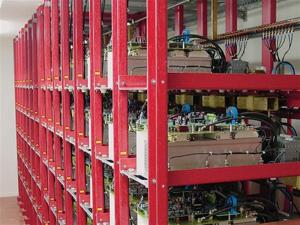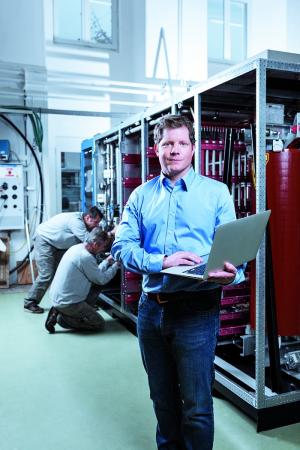"Ampegon's contribution to ITER's power supplies will make an important contribution to the overall energy efficiency rate of the machine," added Michel Hübner, Switzerland's Industry Liaison Officer for ITER. "I am pleased that Fusion for Energy has entrusted a Swiss company with its expertise to manufacture this highly challenging equipment. This is the first contract awarded to a Swiss SME and I hope that more will follow."
This latest contract is the sign of the strong relationship between the ITER Project and industry, according to Fusion for Energy Director Henrik Bindslev. "ITER offers a vast range of business opportunities to small, medium and larger companies. This latest signature proves yet again that SMEs have a role to play to the most ambitious international collaboration in the field of energy."
Ampegon is a highly specialized company in the field of high power radio frequency (RF) engineering. As a leading manufacturer of high power AM/DRM broadcasting transmitters, high power RF amplifiers, regulated high voltage modulators and power supplies for more than 75 years, Ampegon has significant experience and know-how in the field of RF amplification, power electronics and fast signal processing.
-- With Michel Hübner, Switzerland's Industrial
Liaison Officer for ITER, and the European
Domestic Agency Fusion for Energy.



